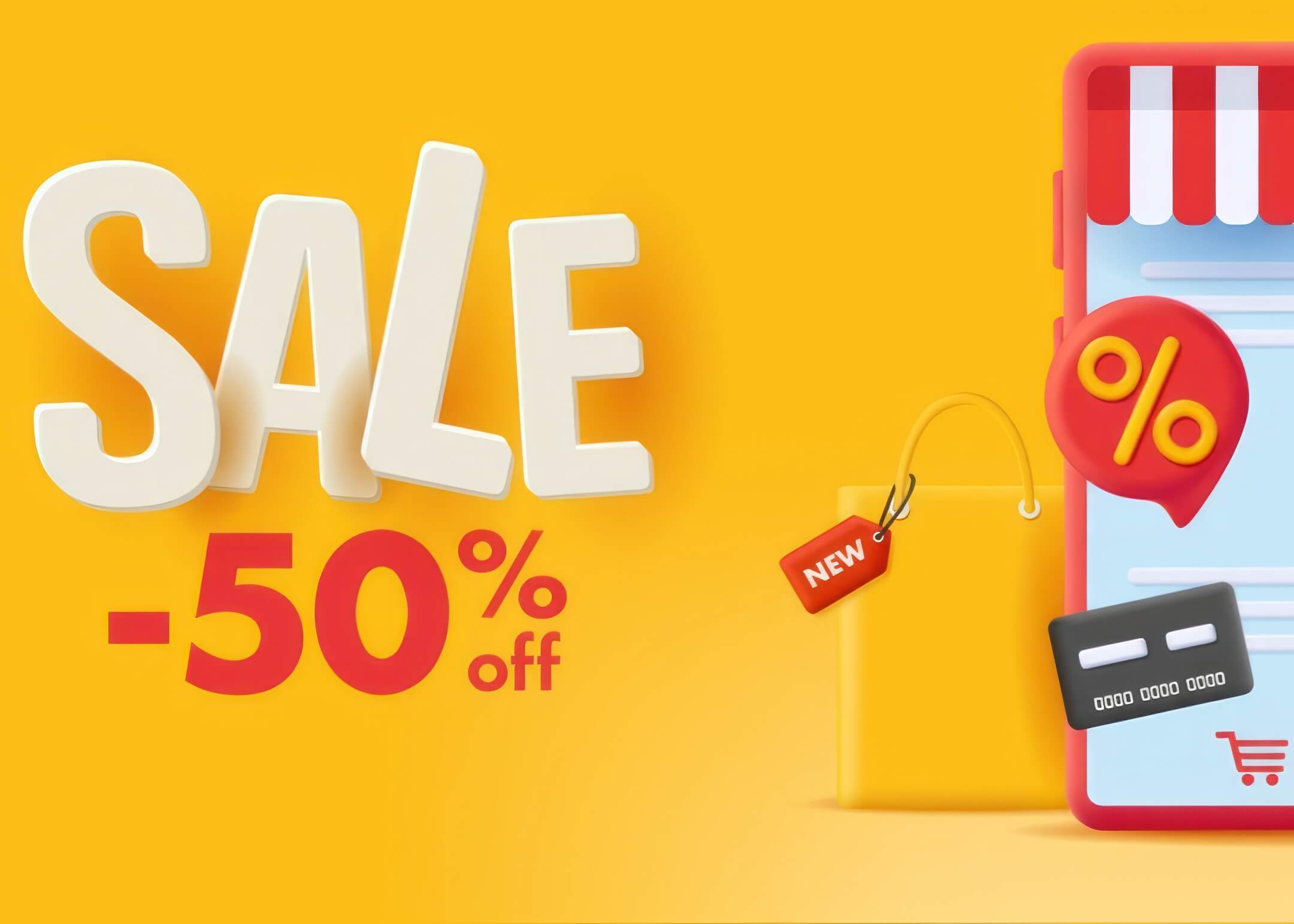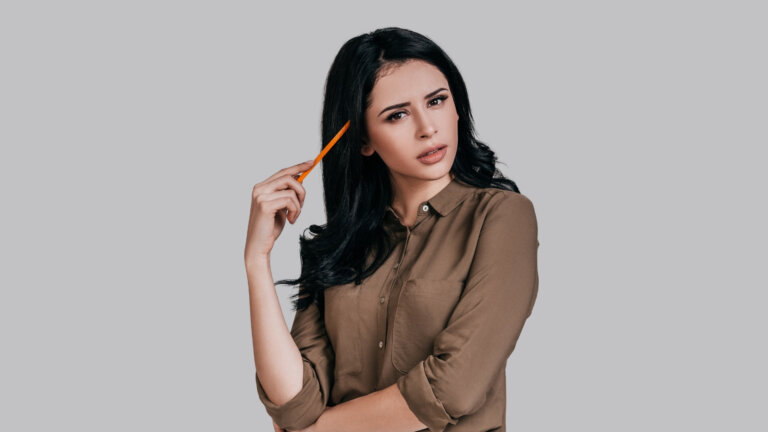No business is complete without a comprehensive digital marketing strategy. Without a digital strategy, you may struggle to reach your productivity and growth goals through your offline business or physical location. Nowadays, so much shopping, connecting, and other interaction is done solely through online channels, so your company should adapt accordingly and utilize the web effectively.
Part of creating a viable digital marketing strategy is choosing the right key performance indicators (KPIs). KPIs quantify engagement with your potential customers across several axes. Innovative use of KPIs and finding the proper KPIs (rather than vanity metrics) can solidify your marketing efforts and help you meet your business objectives.

Key digital marketing goals
Discover the essential goals that drive successful digital marketing strategies.
So today, the team at Connective is here to discuss digital marketing objectives and how they can help you reach your digital marketing goals. If you want to learn more about our digital marketing campaigns, contact us today! We’re here to help you attract new customers and retain them to grow your business using the latest in online marketing strategies.
1: Gain new leads
A “lead” is marketing-speak for potential customers. Businesses gain leads by identifying people interested in their products and services. The main goal of marketing is turning leads into paying customers by guiding them through your marketing funnel.
One of the primary objectives of digital marketing is to gain more leads. In short, if your lead generation starts to falter, you risk kneecapping your growth. As such, a significant part of your marketing strategy should attract local customers and retain existing customers.
There are several ways to boost lead generation, from hosting quality content to buying third-party email marketing directories. No matter your preferred strategy, you should keep precise track of how many leads you generate. That way, you know what’s working and what isn’t and can identify areas for improvement.
Continuous lead generation ensures that you always have a growing pool of potential loyal customers for your digital marketing plan
2: Increase direct sales

The point of running an online business is to sell things, right? So, a primary focus of your marketing strategy on your own website should be upping direct sales. After all, what’s the point of using a marketing strategy if it doesn’t ultimately help you make more money?
Soliciting a sale should be the focal point of your digital marketing funnel. To that end, you can utilize several tools to create the ideal customer journey. Things like Google Adwords, search engine optimization, paid ads, and marketing are all viable channels to engage your target audience and increase sales.
Keeping track of your total sales increase is a good gauge of the effectiveness of your digital marketing campaign. According to Deloitte, nearly one-third of all companies in the US rely on marketing efforts to increase sales.
3: Build your brand
Brand building is the practice of constructing your business image in a way that lines up with your business mission and methods. The goal of branding is to create a network of positive associations that pinpoint your business’s identity, company name, and philosophy. Branding is essential for digital marketing as your brand is basically how potential customers recognize you.
Social media and influencer marketing are beneficial for brand building as they provide a personalized space to connect with potential customers. You can build your brand through organic posts and paying for advertisement space on major social media networks.
Effective branding is the key to getting customers’ interest and spreading your company’s online reputation. It’s essential to build a reliable brand message and image, as that is how customers identify your business. You want it so that when customers see your logo or slogan, they immediately think of your business and its identity.
4: Improve qualified traffic

“Traffic” basically just means the number of visitors to your website. As you might expect, one of your primary business goals should be increasing the number of people who visit your website.
Of course, you don’t just want any kind of traffic—you want qualified traffic. Qualified traffic is website traffic from visitors who are thinking about becoming a customer.
Here’s an example to illustrate the difference. Say your website sees a significant spike in traffic but little to no sales increase. In that case, most of that traffic is probably unqualified traffic—visitors who have no plans to buy something or contact you.
Qualified traffic, in contrast, is traffic with specific intent. You want to cultivate organic traffic from your email marketing and social media marketing. Organic traffic comes from new customers finding your website via search engines, such as Google.
5: Increase conversions
“Conversion” is another marketing term for a customer who visits your site and performs some action. Conversions differ depending on your business objectives, but they could include signing up for an email marketing list or completing a form. The bottom line is that a conversion asks the visitor to do something to increase their engagement.
Conversions are a helpful metric because they provide a simple way to compare advertisement channels. They also provide a snapshot of how effectively your landing pages draw potential new customers. If you keep track of conversions, you can see which kinds of funnels are the most effective for optimizing your internet marketing strategies.
Conversions are also helpful for pinpointing problems and areas for improvement in your digital marketing funnel. For example, a poor conversion rate on a form submission may indicate a flaw in the landing pages’ user interface.
There is no one-size-fits-all approach to defining conversions, but market research can help you determine which conversion practices are most common and effective. You should model your in-house and advertising campaigns and conversions after best practices in your industry and other industries.
6: Optimize SEO

It is hard to understate how much search engines have changed internet marketing. Nearly 30% of all web traffic worldwide is organic traffic from search engines, and proper search engine optimization (SEO) can help you exploit that resource of new customers.
SEO is essentially modifying website content to get better search results. Search engines, such as Google and Bing, index results based on the frequency and distribution of keywords and phrases in website content. Modeling your website after SEO best practices can help you reach the top of the search engine results pages.
Combining search engine optimization with a traditional marketing strategy is one of the most effective ways to meet your digital marketing objectives. Business owners have several options for SEO optimization. They can incorporate local SEO tags for specific cities or host keyword-rich content about their products and services.
7: Reduce customer acquisition costs
Some call customer acquisition costs the “startup killer” because business owners drastically underestimate how much it costs to acquire new customers. Assuming a three-year customer relationship, the typical business can expect to spend about 15% of revenue from that relationship on acquisition costs.
Digital marketing is an effective way of reducing the costs of growing your customer base. Creating a bustling internet marketing ecosystem increases the chances of getting organic traffic, which is most likely to buy something.
As you build your internet presence, you won’t have to rely as much on alternate channels to build your customer base, such as recruitment or advertising costs. Customer acquisition is typically a fixed cost, so improving your bottom line removes a significant burden of finding potential clients.
8: Improve social media marketing

Social media is probably the best thing that has ever happened for internet marketing. Social platforms provide a powerful avenue for marketing campaigns due to the personalized and interconnected nature of the websites. Tapping into this kind of social media virality has become a key plank in modern internet marketing strategies.
One of social media’s best features is customer engagement. Social media allows businesses to engage customers one-on-one, which is difficult for offline businesses.
In that sense, social media objectives should be oriented around providing value to customers, not just disseminating typical marketing information. Social platforms like Facebook or Instagram give companies powerful tools to track their performance and modify their digital marketing plan.
9: Retain customers
Companies can often fall into the trap of focusing all their marketing resources on acquiring new customers, neglecting to maintain and nurture existing customers. According to surveys from BIA Advisory Services, the typical business earns over half of its annual revenue from repeat clients. Repeat clients also spend 66% more than new customers per transaction.
Moreover, the same report showed that companies emphasize acquisition over retention by a ratio of 7-to-1. In other words, too many companies don’t prioritize customer retention enough.
One of the simplest methods to boost customer loyalty and retention is incorporating some kind of feedback loop. You could ask customers to complete a survey after buying something and use those results to grow your relationship. Email marketing is also an effective method for regularly communicating with established clients.
Why setting objectives matters for your marketing strategy
Setting marketing objectives is vital for the same reason that having a business plan is essential. You won’t know if you’re working toward your business objectives without concrete, tangible marketing objectives. Content marketing doesn’t work unless you track your progress, so setting goals is one of the first things you should do.
Of course, the point of setting marketing objectives isn’t just to meet them. It’s about using those objective metrics to further your overarching business goals.
Without clear objectives, you may find yourself without direction and aimless. Regarding social websites, it is hard to see how getting likes and engagement translates to growing your business.
Moreover, defining objectives tells you whether your digital marketing strategy is succeeding or not. For example, if you are not getting the local traffic you want, you should work on local SEO.
Setting SMART goals

Every company has different priorities, so every company needs different objectives. Figuring out the right objective is a science in itself. One viable method for small businesses to identify practical digital marketing goals is SMART.
Specific
The broader a goal, the more difficult it will be to measure and track progress. Marketing goals need to be specific and clear. For instance, measuring site traffic alone might not be as helpful as segmenting traffic metrics by source. That way, you can figure out the source of most of your traffic.
Measurable
Goal measurability is vital because there is no clear way to tell if you are getting somewhere without it. Specifically, you should be able to quantify results and how they track revenue.
Achievable
Many small businesses make the mistake of picking lofty goals that are too hard to achieve. Aiming high is generally a good thing, but you shouldn’t aim so high that you can’t really reach it. Choosing unrealistic goals is a way to set yourself up for failure in the long term.
Relevant
Wasting time with irrelevant goals drains resources you could spend elsewhere. You don’t want to waste time or money pursuing specific marketing objectives or goals that ultimately don’t help growth and productivity. We recommend sitting down with your business objectives and constructing marketing goals related to them.
Time-bound

All goals should have some relevant time frame associated with them. Meeting those goals within the set deadline is the only way to know if you are progressing. For example, one of your goals could be increasing site conversions by 40% within six months. Having an exact time frame for meeting goals helps you optimize strategies to increase sales and revenue.
When forming a digital marketing strategy, utilizing these SMART goals gives you a clear roadmap to get from where you are to where you need to be.
Your marketing goals should never remain static, as you should always seek growth opportunities. Moreover, you should be updating your goals after every milestone of progress. Say you grew organic traffic by 20% this past year. Why not shoot for 30% next year?
Strategies for meeting marketing goals
Once you have defined your marketing goals, the next step is implementing strategies to meet those goals. Companies can use some common strategies to meet and exceed their digital marketing objectives.
Personalized emails
Email marketing is one of the best ways to generate leads because you can personalize them to speak directly to the customer. People are much more likely to respond positively to marketing emails if the message features their name and does not have a generic template in the subject line. Moreover, you can track open and click-through rates via email channels.
Discounts & coupons

Companies have used discounts and coupons for a long time to entice new customers and reward repeat customers. Specifically, nearly 50% of retail businesses say that giving new customers discounts and coupons is the best way to generate long-term revenue and sell products.
You can send discounts and coupons through an email newsletter service or social media promotions. You can also promote new customer discounts on your website’s landing pages, so it’s the first thing new visitors see.
Quality content
Many businesses focus so much on KPIs and click-through rates that they forget one of the most critical parts of digital marketing—having quality content. Content marketing doesn’t work without content, so having high-quality, relevant content up on your website is crucial.
Specifically, high-quality content ensures that you get better search engine results and addresses customers’ pain points. One of the best ways to increase website content is by starting a blog with posts on topics related to your products and services. People might come for the knowledge, but they will stay to learn more about your company name.
A/B split testing
A/B split testing is a method for comparing the effectiveness of different digital marketing channels. Basically, you present customers with two different versions of your funnel and compare how the two versions increase sales and revenue.
Split testing allows you to compare strategies to make the most effective choice directly. Split testing also removes any guesswork or uncertainty in your strategy.
Many marketing firms offer split testing as part of their basic suite of tools and services, so you should take advantage of this feature.
FAQs
What are digital marketing objectives, and why are they important for my business?
Digital marketing objectives are specific goals set as part of your online marketing strategy to enhance your business or brand’s online presence further, engage with potential customers, and ultimately drive growth and productivity. They are crucial because they guide your marketing efforts toward achieving tangible results, like increasing sales, leads, and brand awareness.
How can I generate more leads through digital marketing?
To generate more leads, focus on strategies like creating quality content, utilizing SEO to improve your website’s visibility, engaging with your audience on social media channels, and leveraging email marketing to reach potential customers directly. Tracking how many leads you generate helps identify what strategies are most effective.
How can I build my brand through digital marketing?
Brand building in digital marketing involves creating a consistent and positive image of your business across various online platforms. Utilize social media marketing to connect personally with potential customers and ensure your brand messaging and image are coherent and recognizable across all digital channels used.
What is qualified traffic, and how do I increase it on my website?
Qualified traffic refers to website visitors who are more likely to become customers due to their interest in your products or services. Increase qualified traffic by focusing on SEO to rank for relevant keywords, creating valuable content to attract interested visitors, and utilizing social media and email marketing to target potential customers.
What does increasing conversions mean, and how can I achieve it?
Increasing conversions means getting more website visitors to take desired actions, such as signing up for newsletters or purchasing. Improve conversions by optimizing your landing pages, offering clear calls-to-action (CTAs), and employing A/B testing to find the most effective strategies.
Why is optimizing SEO crucial for my digital marketing strategy?
SEO is critical because it enhances your website’s visibility on search engines, driving more organic traffic. By optimizing your content with relevant keywords and following SEO best practices, you can improve your search engine rankings and attract more potential customers.
How can digital marketing reduce customer acquisition costs?
Digital marketing can lower acquisition costs by increasing the efficiency of your marketing efforts. This can result in more organic traffic and higher conversion rates. Using digital marketing channels like SEO, social media, and email marketing can lead to more cost-effective customer acquisition.
What role does social media marketing play in achieving my digital marketing objectives?
Social media marketing enhances customer engagement, brand visibility, and lead generation. By actively participating in social media and providing valuable content on digital platforms, you can build a loyal community around your brand and drive more traffic to your website.
How can I ensure my digital marketing objectives align with my overall business goals?
Ensure your digital marketing objectives are SMART (Specific, Measurable, Achievable, Relevant, Time-bound) and directly support your overall business goals. Regularly review and adjust your marketing strategy to align with your overall business objectives and market dynamics.
What are the 5 S objectives of digital marketing?
The 5 S objectives of digital marketing provide a framework for evaluating and enhancing your online sales and activities. They are:
- Sell – Focuses on increasing sales through direct online transactions and lead generation tactics. The aim is to convert visitors into customers effectively.
- Serve – Enhances customer service and support to add value to the customer’s experience. This includes providing information, assistance, and after-sales service to ensure customer satisfaction and loyalty.
- Speak – Engages in two-way communication with customers and the audience. This involves using social media, blogs, and forums to gather feedback, build community, and directly interact with the audience to foster relationships.
- Save – Reduces costs through digital efficiencies. Online operations, automation, and digital marketing tactics can lower operational and marketing expenses compared to traditional methods.
- Sizzle – Enhances the brand and online experience. Creating compelling and engaging content, interactive websites, and immersive digital experiences that captivate and retain the audience’s attention.
Final words

Ultimately, the correct digital marketing strategy will depend on your business’s needs and goals. Carefully choosing digital marketing objectives is a key part of defining your long-term plans for growth and expansion. As your business grows, you can update your digital marketing objectives in tandem.
When it comes to digital marketing, you need a team you can trust. At Connected Web Design, we have several years of experience working with large and small businesses in a wide range of industries. We use our skills to create engaging digital marketing strategies to help you meet your business objectives.









